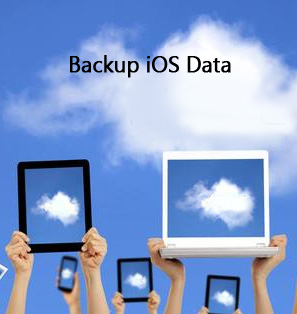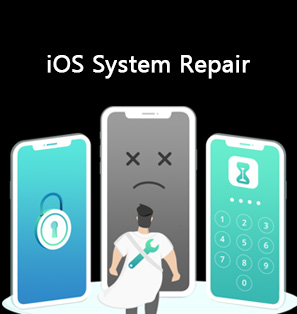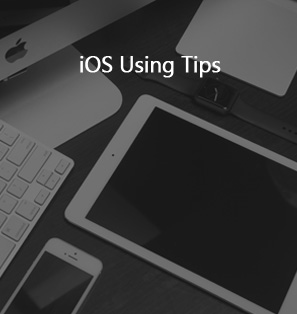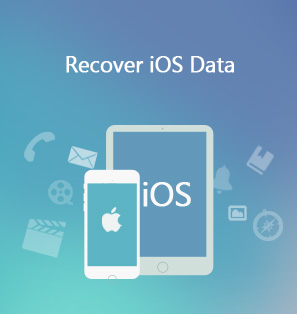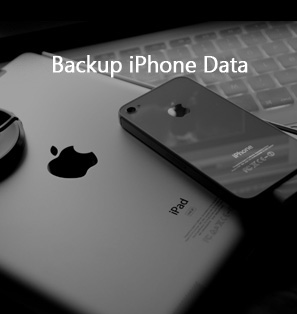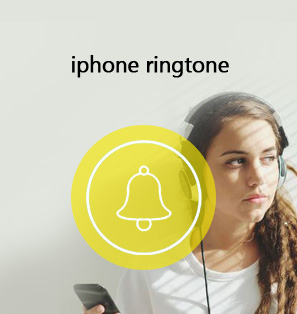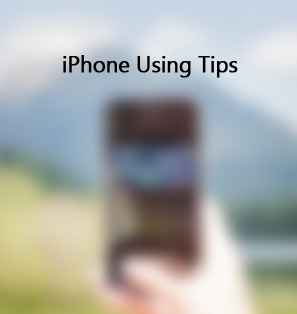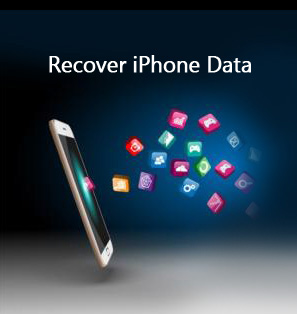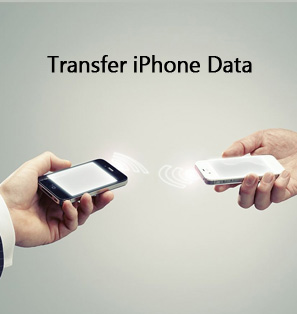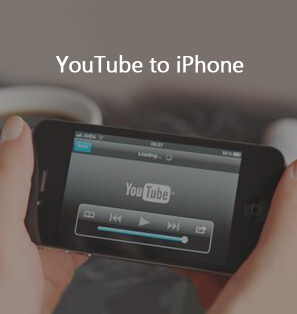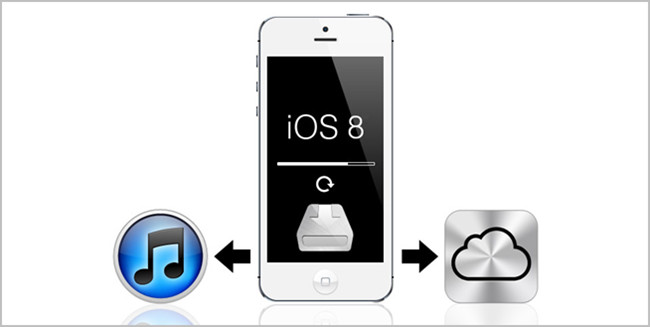
When it comes to backup iPhone to computer, iPhone users are able to take advantage of iTunes and iCloud to accomplish the task. The two applications are both helpful for saving important iPhone data to computer. The following post will introduce several handful tips for backing up iPhone, and you can check it out to see whether the tips are helpful for you to backup iPhone to computer.
9 Handful Tips for Backup iPhone
1. Choose iTunes or iCloud: As is known to us all, iCloud only provides 5GB for free use, but it is helpful backing up iPhone. If your iPhone photos, videos and other data are no more than 1GB, you can back these important data to iCloud and restore the data to your iPhone again when you want to find the data back. But as mentioned, iCloud only provides 5GB for free use, so if you have tons of photos and videos in your iPhone, you will need to use iTunes to backup iPhone. Using iTunes to backup iPhone is a common method that most iPhone users twill take advantage of. So when users don't have too many data on iPhone and don't use computer a lot, they can choose iCloud; if users have tons of data in their iPhone, and use PC a lot, iTunes will be their best choice.
2. Restore iPhone from iPad Backup: Restoring iPhone from iTunes or iCloud backup is also easy to be done. But when users are going to restore iPhone with iPad backup, they won't get the photos and videos after the restoring process. It will be the same when iPad users restore their device with iPhone or iPod backup. So before restoring iPhone with an iPad backup, you want to extract photos from iPad backup at first.
3. Encrypt iPhone Backup: Encrypting your iPhone backup will help you keep your iPhone data safe. But do remember your passcode of the iPhone backup because you will need the passcode every time when you want to restore your iPhone with the backup. So if you aren't sure whether you can remember the passcode of the backup, you don't have to set up a passcode.
4. Delete Unnecessary Files: Deleting unnecessary photos, videos and other files can help you reduce the size the backup effectively. And when you want to make an iPhone backup in iTunes or iCloud, you can delete the unnecessary files on your iPhone at first, so that iTunes or iCloud won't warn you "No Enough Storage Space".
5. Manage App Data: You have already known that iCloud backs up your App data in the cloud, so you may want to manage the data in your iPhone for the iCloud backup. You can tap Settings > General > Storage, and tap Manage Storage. Then all the devices associated with your Apple ID will show up. Choose the iPhone and then the latest backup will be displayed. Under Backup Options, you can choose the app you don't need to back up and turn it off. You can scroll down and select Show All Apps to choose apps.
6. Turn Off HDR: Here we comes to backing up photos in iCloud again. The photos in Camera Roll will be saved in the iCloud backup, and it will take the majority of your iPhone backup in iCloud. So as mentioned, you will want to check the photos in your Camera Roll before backing up iPhone. Also, turning off HDR is an efficient way to reduce the size the iPhone backup. Enabling HDR will increase the photo quality and make two copies of the photos you take, so disabling HDR will reduce the number of photos in your Camera Roll. You only need to launch the Camera app, and you'll see HDR on the middle top. Tap it once to turn it off.
7. Delete Messages: Messages in your iPhone, SMS texts and MMS messages, can also be a problem when you backup iPhone. Everyone texts messages nowadays, but not everyone clears these text messages regularly. Before backing up your iPhone, you can have a look at the Message app, and delete the unnecessary messages so that you can have a smaller iPhone backup either in iTunes or iCloud.
8. Clear Safari History: Clear the Safari cache and reading list as well. Tap Settings > Safari and select Clear History and Clear Cookies and Data. And start Safari app and click the bookmark icon at the bottom, then delete the web pages you don't need to back up. By doing this, you'll save storage space in your iPhone backup.
9. Sync Contacts with Gmail: Contacts, the massive numbers related to your beloved ones should definitely be backed up. Backing up iPhone contacts with iTunes or iCloud is easy and convenient, but you may want to make a copy of the contacts which are viewable. If you want to backup iPhone contacts, you can sync your iPhone contacts with Gmail. Although Apple doesn't support Exchange now, you are still able to log in Gmail and sync iPhone contacts by tapping Settings > Mail, Contacts, Calendars > Add Account > Google, and enter the asked information in the window. Then go back to home screen, and tap the Contacts app, then the sync will start immediately.
These handful tips for backup iPhone will be useful when you want to backup iPhone to computer with iTunes, or upload data to cloud with iCloud. Next time, before you start backing up your iPhone, you can check these tips out.

